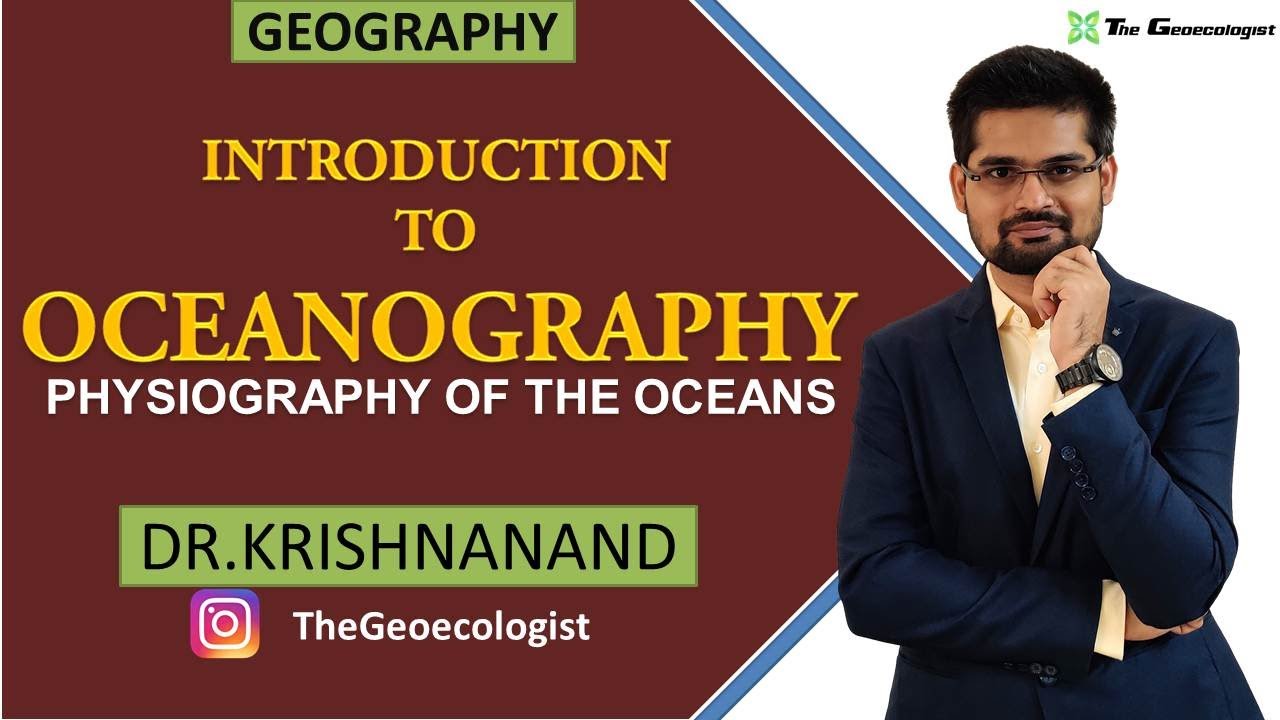Oseanografi
Summary
TLDRIn this lecture on oceanography, Alif Noor Anna, a geography graduate from Universitas Gajah Mada, introduces the subject, emphasizing the significance of oceanographic studies within the broader field of hydrology. The lecture covers key topics such as ocean resources, the dynamic nature of seawater movement influenced by atmospheric conditions and the sea floor’s topography, as well as the importance of technological advancements in geographic information systems and remote sensing. Anna highlights the vast potential of ocean resources, including mineral and energy sources, and invites students to explore the fascinating world of oceanography.
Takeaways
- 😀 Oceanography is a sub-discipline of hydrology, focused on studying marine resources and ocean dynamics.
- 🌊 The lecture emphasizes the importance of oceans as the largest and most diverse water resources on Earth.
- 📚 Alif Noor Anna, a graduate in Geography, introduces oceanography and its relevance to environmental studies.
- 🌍 Ocean topography is similar to land topography, with mountains, valleys, and flat areas on the ocean floor.
- 🚶♂️ Hydrodynamics in the ocean is dynamic, influenced by atmospheric conditions, the ocean floor's variation, and solar energy.
- 💧 Water resources are categorized into dynamic (rivers, oceans) and static (lakes, ponds) types.
- 🌞 The sun plays a crucial role in affecting ocean water movements, increasing the variability of ocean dynamics.
- 💡 Marine resources include both biotic (living) and abiotic (non-living) resources, such as minerals, oil, and gas.
- 🗺️ Geographic Information Systems (GIS) and remote sensing are essential technologies used in oceanographic studies.
- 🌐 Oceanography provides tools to predict and manage the vast resources of the ocean, improving human utilization and sustainability.
Q & A
What is the main focus of the oceanography course introduced in the lecture?
-The main focus of the course is on oceanography, which is a subfield of hydrology, particularly emphasizing ocean resources, their distribution, and the dynamic nature of the sea.
What is oceanography and how does it relate to hydrology?
-Oceanography is the study of the ocean, which is a key component of hydrology. It involves understanding oceanic resources and dynamics, including the topography and movement of sea water, and their connection to the Earth's hydrological processes.
Why is the study of ocean topography important?
-Studying ocean topography is important because the ocean floor has diverse features, such as mountains, valleys, and flat regions, which influence the dynamics of ocean water, including currents and the distribution of marine resources.
What are the two types of water surfaces mentioned in the lecture?
-The two types of water surfaces are dynamic and static. Dynamic surfaces include flowing bodies of water like rivers and streams, while static surfaces refer to bodies of water that remain relatively still, such as lakes and ponds.
How do atmospheric and ocean floor conditions affect the hydrodynamics of the sea?
-The hydrodynamics of the sea are influenced by interactions with the atmosphere, including temperature and wind, as well as variations in the ocean floor topography, such as mountains and valleys, which cause water to move in different ways.
Why are marine resources considered abundant compared to other natural resources?
-Marine resources are considered abundant because the oceans cover a vast area of the Earth's surface. Additionally, the potential resources found in the oceans, such as minerals and oil, are numerous and highly varied.
What are some examples of marine resources mentioned in the lecture?
-Examples of marine resources include petroleum, natural gas, and minerals like gold and silver found on the ocean floor.
How do the concepts of 'sea' and 'ocean' differ in the context of oceanography?
-In oceanography, 'seas' refer to smaller bodies of water located between islands, while 'oceans' are vast bodies of water that separate continents. Oceans are larger and have more complex dynamics than seas.
What role does technology play in the study and utilization of marine resources?
-Technology, such as Geographic Information Systems (GIS) and remote sensing, is crucial for studying marine resources as it allows for the collection and analysis of large datasets from vast ocean areas without the need for direct fieldwork.
Why are marine resources often not immediately accessible for human use?
-Many marine resources, such as minerals and oil beneath the ocean floor, are difficult to access due to their depth and the technological challenges involved in extracting them safely and efficiently.
Outlines

This section is available to paid users only. Please upgrade to access this part.
Upgrade NowMindmap

This section is available to paid users only. Please upgrade to access this part.
Upgrade NowKeywords

This section is available to paid users only. Please upgrade to access this part.
Upgrade NowHighlights

This section is available to paid users only. Please upgrade to access this part.
Upgrade NowTranscripts

This section is available to paid users only. Please upgrade to access this part.
Upgrade NowBrowse More Related Video

SOFTSKILLS - Alumni Universitas Ahmad Dahlan - apt. Desty Restia Rahmawati, S.Farm.

Introduction to Oceanography | Physiography of Oceans|Dr. Krishnanand

Filosofi Tetumbuhan di UGM

Filosofi Gedung Pusat Universitas Gadjah Mada a short documentary

Instrumentação Oceanográfica - Introdução - Parte 1/6 (Oceanografia Geral A)

Lecture 1: Setting the Context
5.0 / 5 (0 votes)